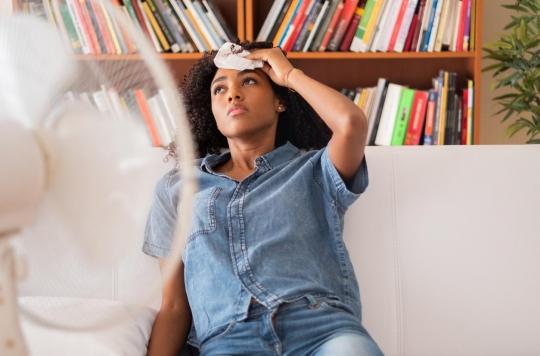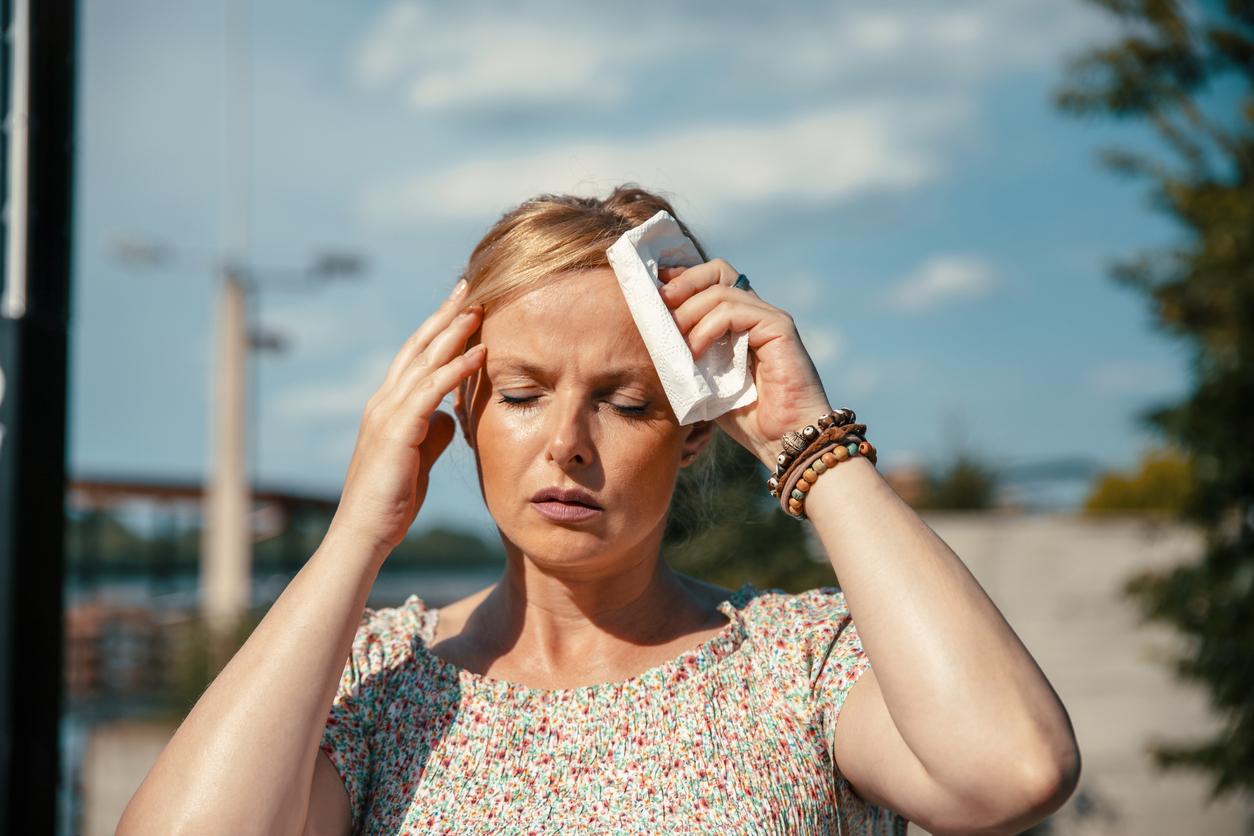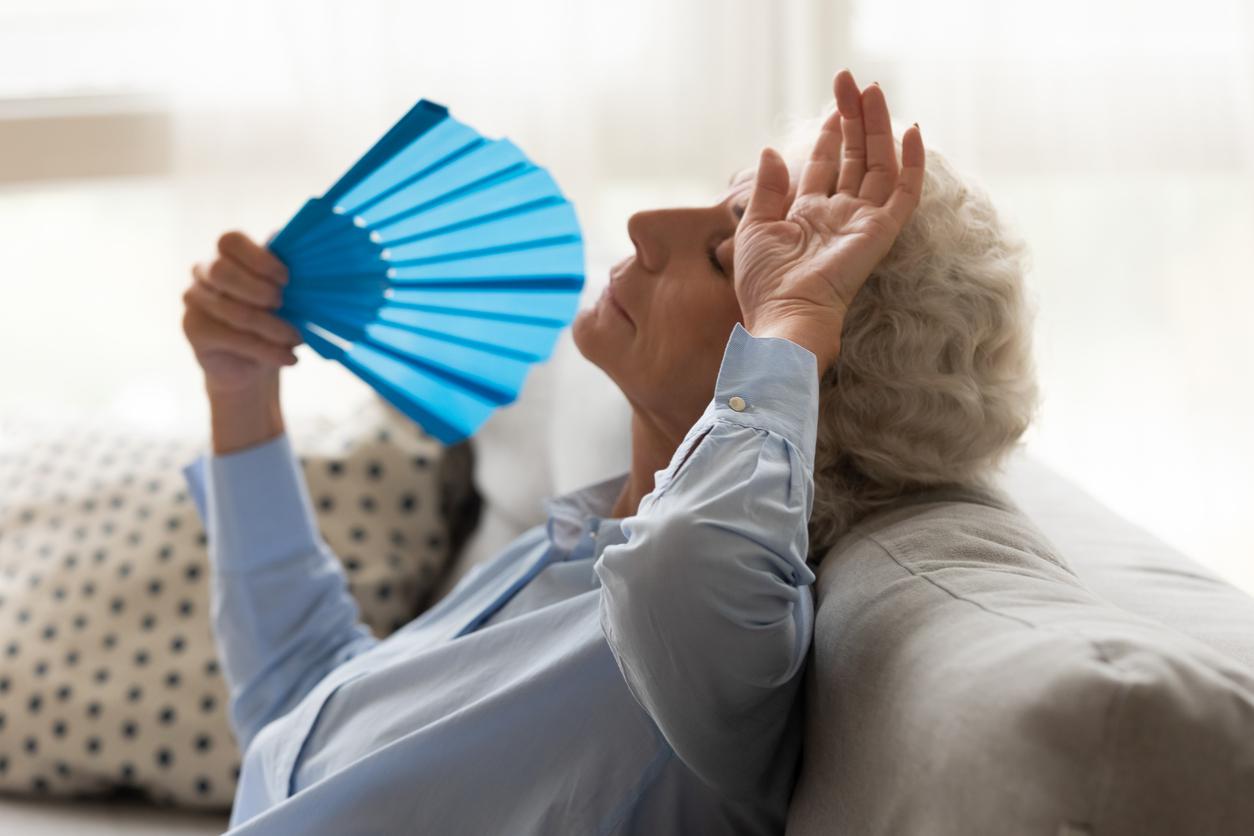A study conducted by the University of Sydney shows that using a fan to cool off when the air is dry can be counterproductive by increasing our heat stress.

During the two recent heat waves that hit France, many of us used an electric fan to try to cool ourselves or, at least, to circulate the air in our interiors.
But maybe it wasn’t such a good idea.
This is demonstrated by a recent published study conducted by the University of Sydney and published in the Annals of Internal Medicine. According to its authors, the safety and efficiency of fans in the event of strong heat would be correlated with meteorological measurements, such as the level of humidity in the air. When the air is too dry, it would be useless, even dangerous for health, to turn on a fan.
The fan is not recommended in case of dry heat
These works call into question World Health Organization guidelines (WHO), who claim that above 35°C, fans would have no beneficial effect.
To reach this conclusion, the authors of this new study simulated heat waves to examine the effect of fan use on body temperature, cardiovascular strain, risk of dehydration and levels of comfort.
12 healthy male volunteers were exposed for two hours to two types of heat waves: one very hot and dry, replicating the peak conditions of the California heat wave of July 2018, and the other more humid, similar to the Chicago heat waves in July 1995 and Shanghai in July 2017.
By comparing the data collected, the researchers then found that in hot and humid conditions with a heat index of 56°C (a meteorological measure expressing both air temperature and relative humidity, and which helps measuring how hot a person feels), ventilators lower body temperature and cardiovascular strain, and improve thermal comfort.
On the contrary, fans seem to have negative effects on all measures in very hot and dry conditions, despite a lower heat index of 46°C.
Official recommendations to review
“Our results suggest that under environmental conditions that represent the vast majority of peak heat waves in the United States and Europe, ventilators should be recommended and the guidelines issued by most public health authorities are unnecessarily conservative,” says Ollie Jay, senior associate professor in the Faculty of Health Sciences and the Charles Perkins Centre. “It is only when the air temperature is very high and the humidity very low that fans are harmful, which can be seen in arid conditions like Phoenix or Las Vegas in the United States, or Adelaide in South Australia.”
According to the researcher, current research suggests that neither temperature nor heat index ceilings provide the best basis for public health advice on ventilator use. Further larger-scale research is needed to confirm the findings, however, he conceded.

.















